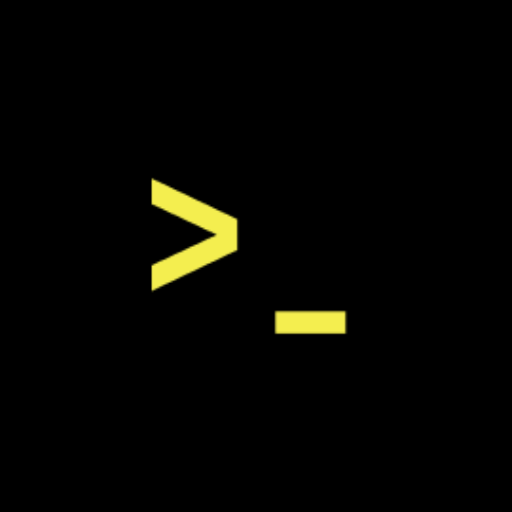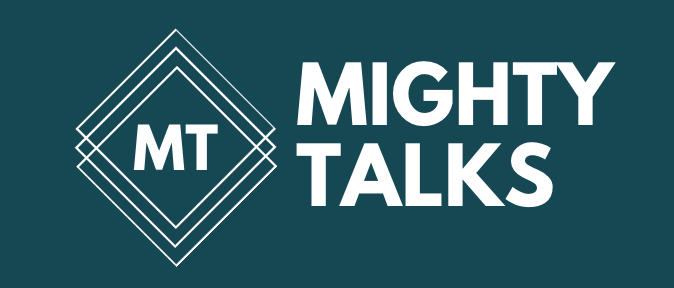Pregnancy After PAO

Navigating Pregnancy After Periacetabular Osteotomy: What You Need to Know
Pregnancy is a significant life event, bringing with it joy, excitement, and a host of considerations for expectant mothers. For women who have undergone a periacetabular osteotomy (PAO), there may be additional questions and concerns about how the surgery impacts pregnancy and childbirth. This blog aims to provide a comprehensive overview of what to expect and how to navigate pregnancy after PAO.
Understanding Periacetabular Osteotomy
Periacetabular osteotomy is a surgical procedure primarily used to treat hip dysplasia, a condition where the hip socket does not fully cover the ball portion of the upper thighbone. This misalignment can lead to hip pain and arthritis. PAO involves cutting the pelvic bone around the hip joint and repositioning the hip socket to improve coverage of the femoral head, thereby enhancing joint stability and function.
Planning for Pregnancy After PAO
Women who have undergone PAO and are considering pregnancy should take several factors into account:
- Timing: It is generally recommended to wait a period of time after PAO surgery before becoming pregnant. This allows sufficient time for bone healing and ensures that the hip joint is stable. And also allows you to work on hip strengthening and regaining proper hip movement beforehand.
- Consultation with Healthcare Providers: Before trying to conceive, consult with both your orthopedic surgeon and obstetrician. They can provide personalized advice based on your medical history, the specifics of your surgery, and your overall health.
- Pre-Pregnancy Assessment: A thorough assessment of your hip joint's function and stability is essential. Imaging tests such as X-rays or MRI may be used to evaluate the success of the surgery and the condition of the hip joint.
Pregnancy Considerations After PAO
Pregnancy after PAO requires special attention to manage potential challenges and ensure the well-being of both mother and baby:
- Weight Gain: Pregnancy naturally involves weight gain, which can place additional stress on the hip joint. Maintaining a healthy weight and engaging in low-impact exercises can help manage this stress.
- Pain Management: Some women may experience hip pain during pregnancy due to hormonal changes and increased joint stress. Pain management strategies, including physical therapy, safe pain relief medications, and supportive devices, can be beneficial.
- Monitoring Hip Function: Regular check-ups with your healthcare providers will help monitor your hip's condition throughout pregnancy. Any changes in pain or mobility should be promptly addressed.
Delivery Options
The mode of delivery is a significant consideration for women with a history of PAO:
- Vaginal Delivery: Many women who have had PAO can successfully have a vaginal delivery. However, the decision should be based on an individual assessment of hip stability and flexibility. It is important to discuss your delivery plan with your obstetrician and orthopedic surgeon.
- Cesarean Section (C-Section): In some cases, a C-section may be recommended, especially if there are concerns about the hip joint's ability to withstand the stresses of labor. This decision will depend on various factors, including the position of the baby and the overall health of the mother.
Postpartum Care
Postpartum recovery involves additional considerations for women with a history of PAO:
- Physical Therapy: Engaging in postpartum physical therapy can help restore strength and flexibility to the hip joint and surrounding muscles. A tailored exercise program can promote recovery and improve joint function.
- Monitoring for Complications: Regular follow-up appointments with your healthcare providers are essential to monitor for any potential complications, such as hip pain or joint instability, that may arise postpartum.
- Self-Care: Prioritizing self-care and gradually resuming physical activities can aid in overall recovery. Proper ergonomics and supportive devices can also help manage the demands of caring for a newborn.
Conclusion
Pregnancy after periacetabular osteotomy is entirely possible, but it requires careful planning and close collaboration with healthcare providers. By understanding the unique considerations and proactively managing potential challenges, women who have undergone PAO can experience a healthy and fulfilling pregnancy and postpartum period. If you have any concerns or questions about your specific situation, don't hesitate to reach out to your medical team for guidance and support.
